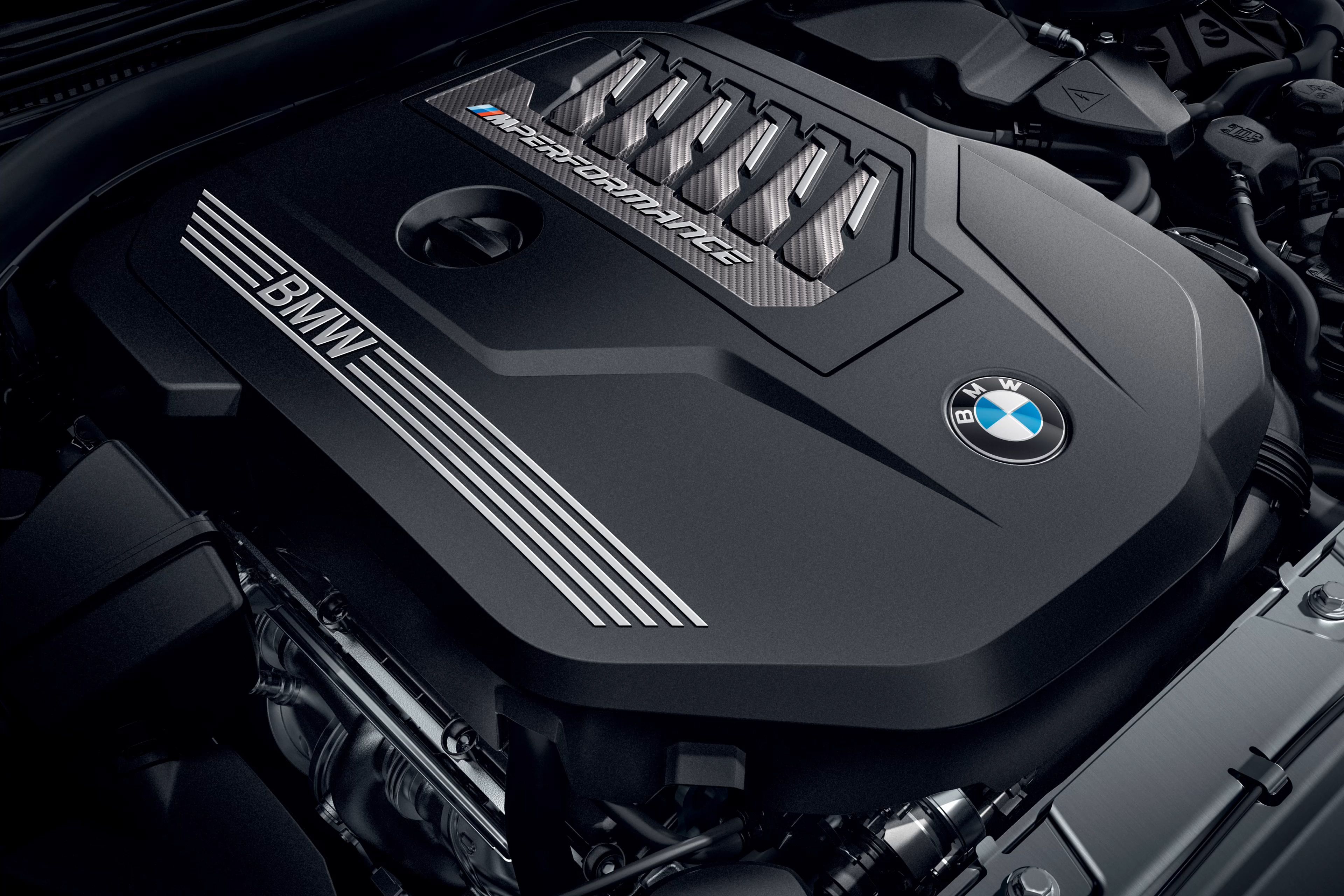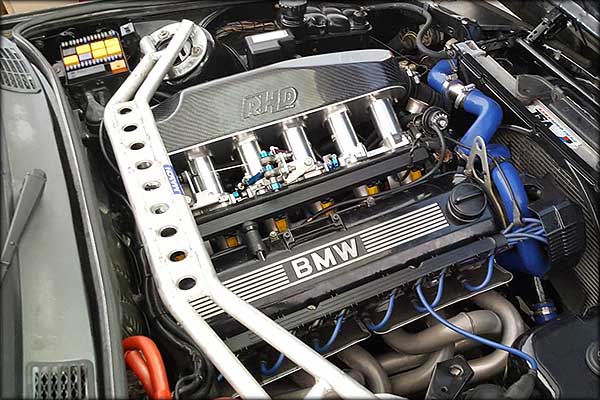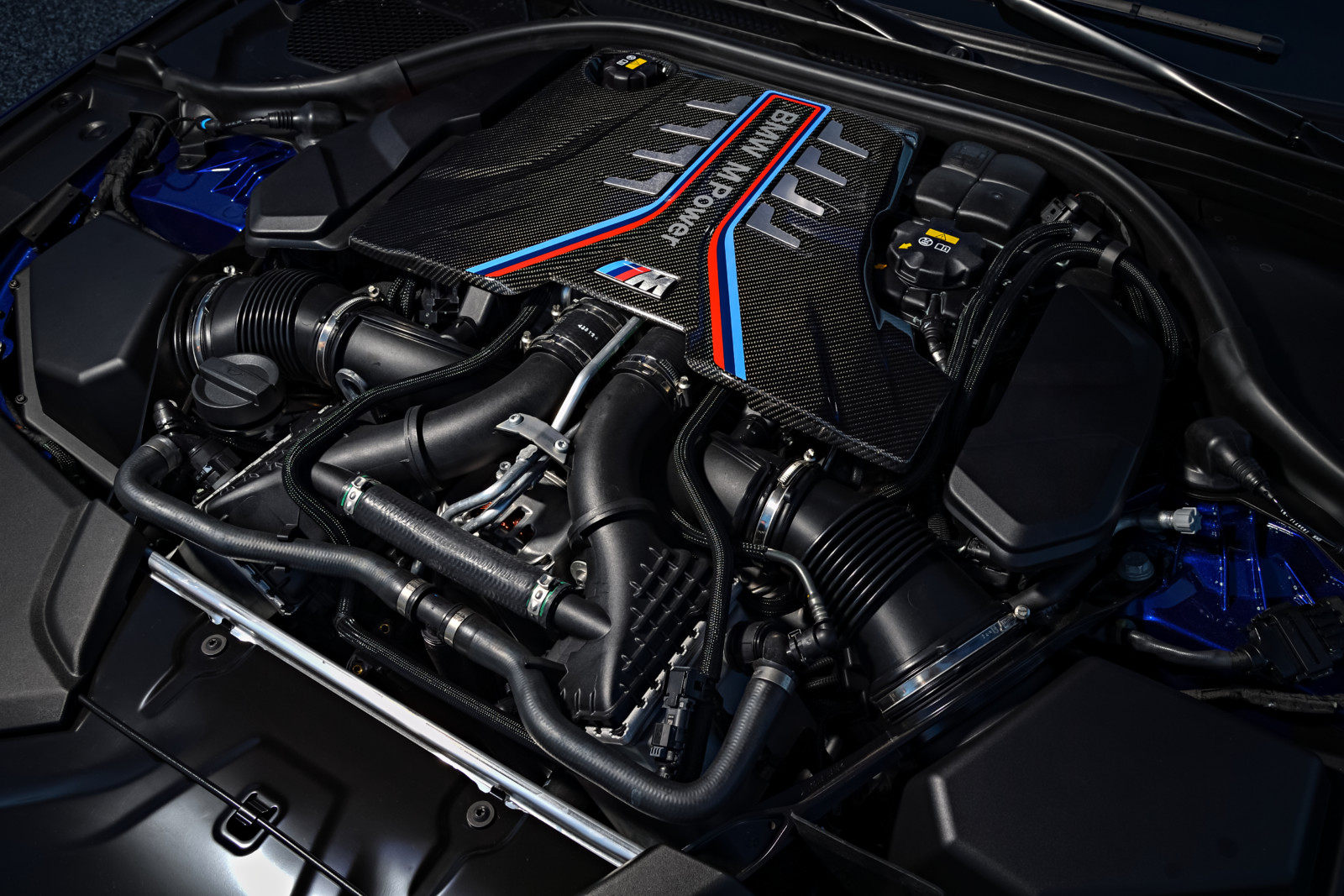Revealing the Tricks Behind the Power of the BMW Engine
Revealing the Tricks Behind the Power of the BMW Engine
Blog Article
Introducing the Intricacies of Next-Generation Power Units: a Deep Dive Into Advanced Engine Technologies and styles
As we stand on the precipice of a new period in transportation, the details of next-generation engine styles beckon us to explore the cutting-edge modern technologies and innovations that assure to redefine the driving experience. Digging deeper into the worlds of exhaust control, smart engine management systems, and the perspective of power system growth, we discover ourselves on the cusp of a makeover that promises to improve the landscape of wheelchair as we recognize it.
Evolution of Engine Materials

The shift towards advanced engine materials has actually likewise made it possible for designers to design engines with higher power outputs while maintaining fuel effectiveness requirements. The usage of light-weight products minimizes the general weight of the engine, leading to enhanced fuel economic climate and lower emissions. Additionally, advancements in materials technology have actually allowed for better thermal monitoring within engines, leading to increased dependability and durability.
Turbocharging and Supercharging Technologies
How do Turbocharging and Supercharging Technologies revolutionize engine efficiency and effectiveness in modern lorries? Supercharging and turbocharging are modern technologies that substantially improve engine efficiency by boosting the amount of air consumption into the burning chamber. Turbocharging accomplishes this by making use of a wind turbine driven by exhaust gases to pressurize the intake air, while turbo charging uses a belt- or chain-driven compressor to accomplish the same impact.
These technologies make it possible for smaller, extra fuel-efficient engines to produce power equal to larger ones, referred to as downsizing. Forcibly even more air into the cyndrical tubes, turbo charging and turbocharging boost combustion performance, resulting in raised horsepower and torque outcome without a significant boost in engine dimension. This brings about far better acceleration, hauling ability, and overall driving performance.
In addition, turbo charging and turbocharging add to improved fuel performance by allowing the use of smaller engines that eat much less fuel under typical driving problems - bmw engine. This mix of enhanced performance and effectiveness has actually made turbocharging and supercharging integral parts of many contemporary engine layouts
Exhaust Control and Environmental Impact
With enhancing worldwide worries regarding air quality and environmental sustainability, the application of discharge control innovations in lorries plays an essential function in minimizing unsafe toxins launched right into the ambience. Modern vehicles are equipped with advanced emission control systems that aid decrease the environmental influence of vehicle operations. Catalytic converters, as an example, are developed to convert toxic gases such as carbon monoxide, nitrogen oxides, and hydrocarbons right into much less harmful substances like co2 and water vapor.
In addition, advancements web link in engine technology, such as the assimilation of exhaust gas recirculation systems and discerning catalytic decrease, have considerably added to lowering emissions. These my latest blog post modern technologies function in tandem to enhance combustion efficiency and decrease the release of dangerous contaminants into the air. Additionally, the growth of crossbreed and electric vehicles stands for a vital step towards lowering the general environmental impact of the transportation sector.
Intelligent Engine Monitoring Solution

Additionally, these systems enable automobiles to meet rigorous discharges criteria without compromising performance, offering an extra ecologically pleasant driving experience. The combination of artificial knowledge and artificial intelligence abilities in engine administration systems remains to press the borders of what read this is possible, bring about additional improvements in performance, integrity, and overall vehicle efficiency. bmw engine. As automobile technology advances, intelligent engine monitoring systems will play an essential role in shaping the future of transportation towards a more lasting and efficient direction
Future Trends in Power Unit Advancement
As intelligent engine monitoring systems lead the way for enhanced control and optimization in modern-day lorries, future trends in power unit growth are positioned to redefine the landscape of automobile propulsion innovations. One of the essential fads driving innovation in power device growth is the shift towards electrification. With a raising concentrate on sustainability and lowering carbon emissions, hybrid and electric powertrains are becoming more widespread in the automotive sector. These alternate power sources supply improved efficiency and efficiency while aligning with rigorous ecological laws.
An additional significant fad is the assimilation of sophisticated materials and manufacturing strategies. Lightweight materials such as carbon fiber and light weight aluminum are being used to decrease overall lorry weight, improving fuel performance and performance. Additionally, advancements in 3D printing and additive production are allowing the manufacturing of complicated engine components with greater precision and resilience.
Furthermore, fabricated intelligence and artificial intelligence are playing a vital role in maximizing power unit efficiency. These technologies enable real-time tracking and flexible control, resulting in extra trusted and effective power delivery. In general, future fads in power system growth are geared in the direction of sustainability, efficiency, and efficiency, driving the auto industry in the direction of a brand-new era of propulsion innovations.

Final Thought
In verdict, the advancements in engine materials, turbocharging, discharge control, and smart monitoring systems have paved the method for next-generation power systems. The detailed layouts and innovations in modern engines showcase the continuous advancement of auto technology.
Exploring the progressive developments in engine materials has been essential in boosting the efficiency and performance of modern engines. Over the years, the evolution of engine materials has actually played an important function in pushing the limits of what engines can accomplish.The change in the direction of progressed engine products has actually likewise allowed engineers to create engines with greater power outputs while preserving fuel efficiency standards.The implementation of smart engine monitoring systems in modern-day lorries has actually reinvented the method engines are managed and enhanced for performance and efficiency. By accumulating information in real-time and assessing it with innovative formulas, intelligent engine management systems can adapt to driving designs, ecological variables, and engine health and wellness to take full advantage of power outcome while minimizing gas usage and emissions.
Report this page